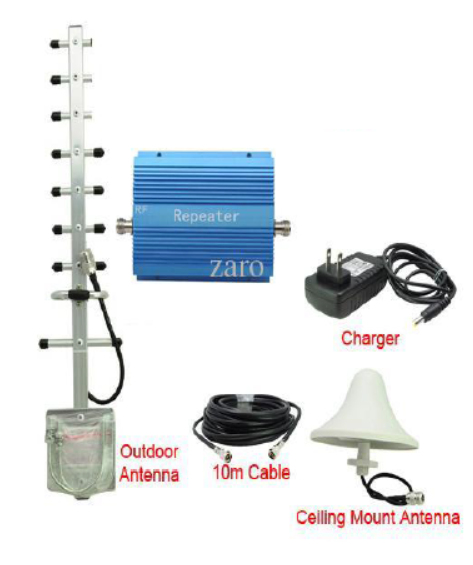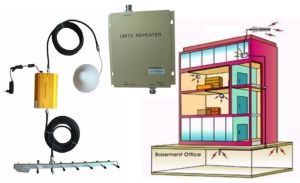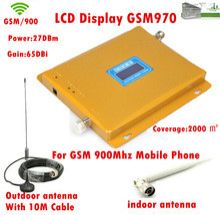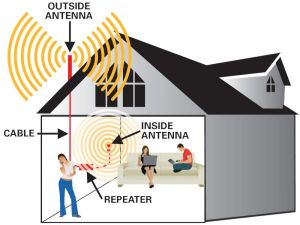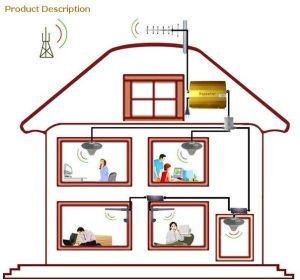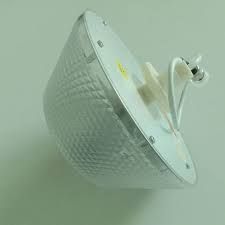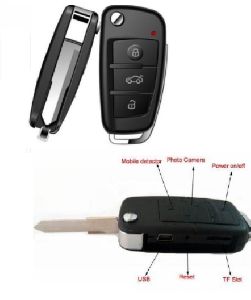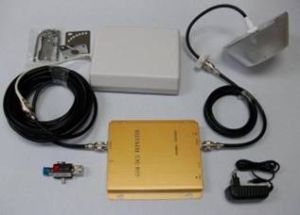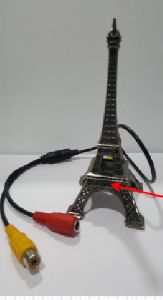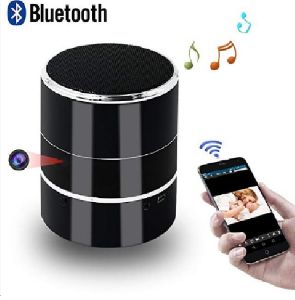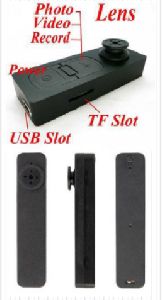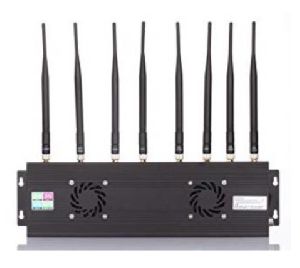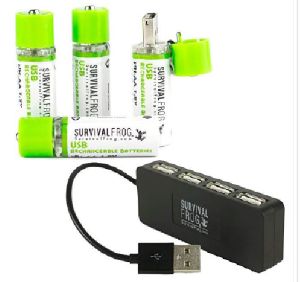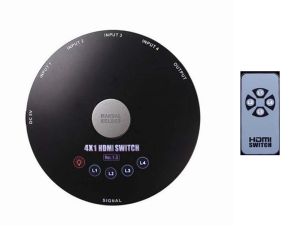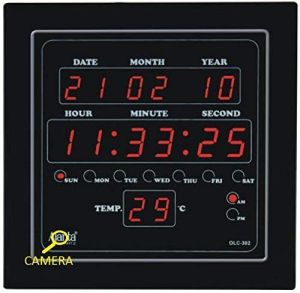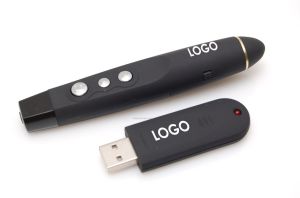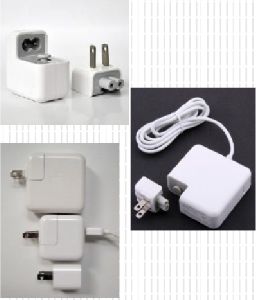MOQ : 1 Piece
| Business Type | Manufacturer, Exporter, Supplier, Retailer, Trader, Distributor, Importer |
| Type | Mobile Phone Antenna, Directional Based |
| Material | ABS, ABS Plastic |
| Frequency | 850 MHz (Band 5) |
| Click to view more | |
Product Details
A 4G mobile signal booster is a sophisticated device engineered to enhance the strength and quality of 4G LTE cellular signals in environments where reception is suboptimal. These boosters are critical in ensuring consistent and reliable mobile connectivity in areas with weak signal coverage, such as remote or rural locations, buildings with structural signal interference, or urban areas with high signal congestion.
Key Components:-
External Antenna:
- Purpose: The external antenna, often referred to as the donor antenna, is installed outside the building or vehicle where the signal booster is deployed. It is responsible for capturing the existing 4G signal from the nearest cellular tower.
- Types:
- Omnidirectional Antenna: This antenna type captures signals from all directions, making it ideal for environments with multiple surrounding cell towers.
- Directional Antenna: This antenna focuses on a specific direction to target a distant or weak signal from a single cell tower, providing a stronger and more concentrated signal.
-
Signal Amplifier:
- Function: The amplifier, or booster unit, is the central component of the system. It receives the weak signal from the external antenna, amplifies it to a significantly stronger level, and ensures that the signal is optimized for 4G LTE frequencies. Advanced amplification technology within the unit minimizes noise and enhances signal clarity.
-
Internal Antenna:
- Purpose: The internal antenna is responsible for redistributing the amplified signal within the designated coverage area, such as a room, office, or vehicle.
- Types:
- Panel Antenna: Typically mounted on a wall, this antenna is suited for targeting coverage within a specific area.
- Dome Antenna: Installed on the ceiling, it provides even and widespread coverage across a larger space.
-
Cables and Connectors:
- Connectivity: High-quality coaxial cables link the external antenna to the signal amplifier and the amplifier to the internal antenna. These cables and connectors are crucial for maintaining the integrity of the amplified signal, ensuring minimal loss and maximum efficiency.
The 4G signal booster operates by capturing the existing 4G LTE signal through the external antenna. This signal is then transmitted to the amplifier, where it undergoes amplification and noise reduction. The enhanced signal is subsequently broadcast by the internal antenna within the target area, delivering improved signal strength, faster data speeds, and more reliable connectivity.
Advantages:- Enhanced Signal Strength: The booster significantly improves weak 4G signals, providing more stable voice calls and faster data transmission.
- Optimized Data Speeds: Users experience quicker download and upload speeds, reduced buffering, and improved streaming quality.
- Expanded Coverage Area: The booster extends 4G signal coverage within buildings or vehicles, effectively eliminating dead zones.
- Reduced Call Drops: The booster minimizes the occurrence of dropped or missed calls due to poor signal conditions.
- Extended Device Battery Life: With a stronger signal, mobile devices require less power to maintain connectivity, resulting in longer battery life.
- Residential: Ideal for enhancing mobile connectivity in homes located in areas with poor 4G reception, particularly in rural or suburban settings.
- Commercial: Crucial for businesses, offices, and retail environments where strong and reliable 4G connectivity is essential for operations.
- Automotive: Beneficial for vehicles, including cars, trucks, and RVs, that frequently travel through regions with inconsistent cellular coverage.
In conclusion, a 4G mobile signal booster is a critical solution for enhancing 4G LTE signal strength and quality in areas with inadequate reception. By amplifying the existing signal, it ensures more reliable and efficient mobile connectivity, which is essential for both personal and professional communication needs.

Raise your Query
Hi! Simply click below and type your query.
Our experts will reply you very soon.

